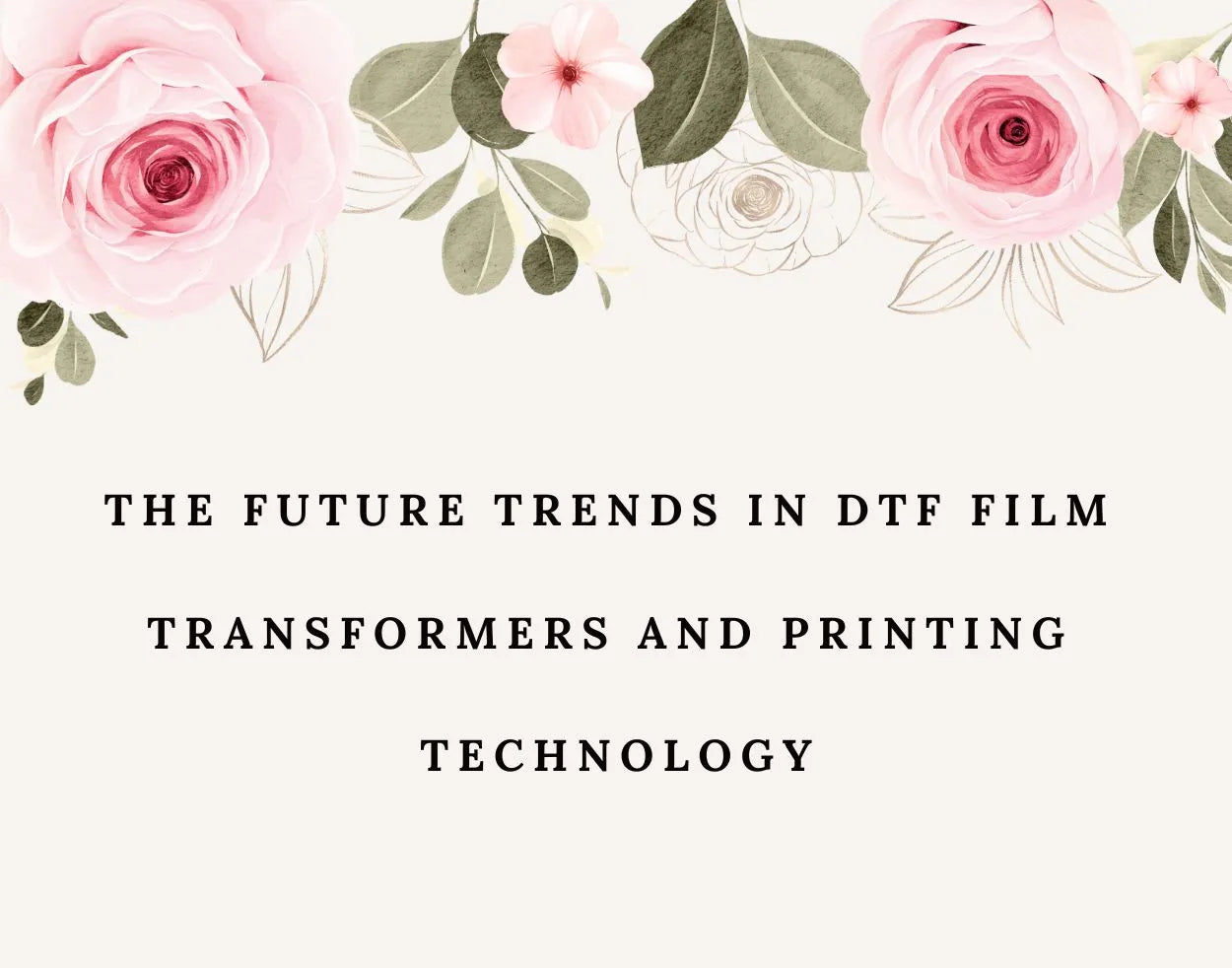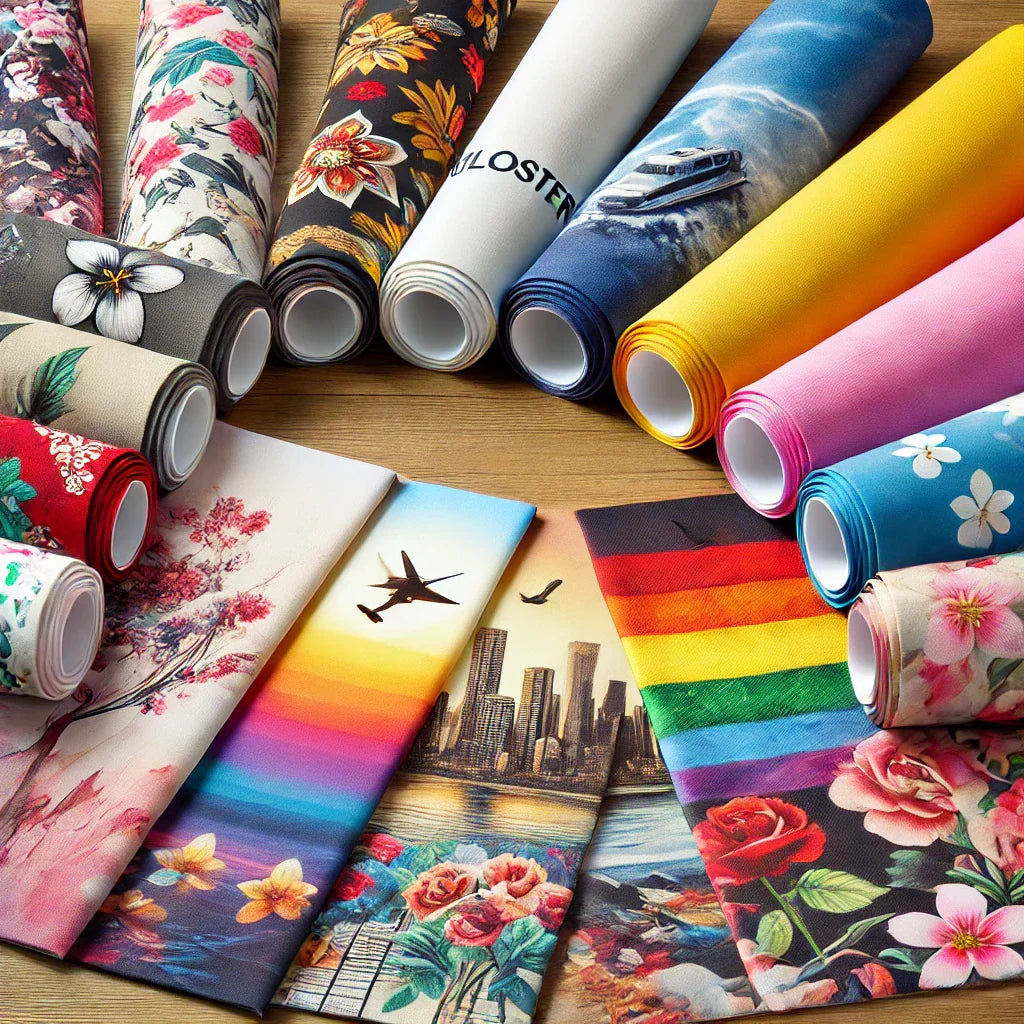
Digital Solutions Boost Market Share in Textile Printing

Digital Solutions Boost Market Share in Textile Printing
Digital solutions have transformed the textile printing industry. With new technologies, printing methods, and solutions, businesses now produce custom designs faster, with better quality, and at lower costs. As demand for personalized and on-demand printing grows, digital printing technologies help companies boost market share worldwide.
This blog looks at how digital solutions are reshaping textile printing, the benefits they offer, and the trends driving growth. However, businesses must adapt quickly to remain competitive in this rapidly changing market.
The Rise of Digital Printing in the Textile Industry
Digital printing has replaced traditional methods like screen and rotary printing. DTG and DTF printing technologies bring new capabilities that older methods couldn’t achieve. Also, they offer a level of flexibility and efficiency that was once impossible.
Previously, businesses faced high setup costs, long production runs, and limited design flexibility. However, digital printing has reduced costs, minimized waste, and allowed high-quality prints in smaller batches. This has led to faster turnaround times, helping businesses deliver custom orders more quickly.
Key Benefits of Digital Solutions in Fabric Printing
1. Customization and Personalization
With digital printing, businesses can easily create custom designs on textiles. Whether for apparel, home décor, or promotional items, digital printing enables intricate designs on many fabrics. Customers can request custom prints in small quantities, with no extra costs for complex designs. Also, this flexibility has opened opportunities for niche markets and made personalized products more accessible.
2. Lower Costs and Faster Turnaround
Digital solutions lower production costs. Traditional methods required expensive screens and lengthy setup processes. However, with DTF and DTG printing, businesses print directly onto materials, saving time and reducing material waste.
3. Eco-Friendly Printing Solutions
Digital printing is more sustainable than traditional methods. It uses fewer chemicals, less water, and creates less waste. DTF printing uses water-based inks and eco-friendly transfer films, offering a greener approach to printing. However, businesses must continue exploring ways to reduce their environmental footprint further.
4. Design Flexibility and Quality
Digital solutions offer unmatched design flexibility. Businesses can print any design without screen limitations. Also, high-resolution printing ensures every detail is captured, producing top-quality prints that stand out.
Key Digital Solutions Driving Growth in Fabric Printing
1. Direct-to-Garment (DTG) Printing
DTG printing uses inkjet technology to print designs directly onto garments. It’s ideal for small runs or highly customized items like t-shirts. DTG has contributed significantly to the rise of personalized apparel. Also, it’s ideal for printing on-demand orders.
2. Direct-to-Film (DTF) Printing
DTF printing transfers ink onto materials via film. It’s versatile, affordable, and works on fabrics like cotton, polyester, and leather. DTF printing offers vibrant colors, durability, and faster production than traditional methods. However, it still faces challenges in terms of film and ink compatibility.
3. UV Printing in Textile Markets
UV printing uses ultraviolet light to cure ink as it prints. This method is ideal for printing on both hard and soft surfaces, such as leather and synthetics. It provides durable, high-quality finishes for custom designs. Also, it’s a good solution for businesses looking to print on a variety of surfaces.
Future Trends in Fabric Printing
1. Increased Automation
As digital printing technologies evolve, automation will become more prominent. Automated machines for DTF and DTG printing will increase productivity, reduce labor costs, and improve production efficiency. However, businesses will need to invest in advanced automation technology to stay competitive.
2. Integration with E-Commerce
The growing demand for custom products, especially in e-commerce, is driving the rise of digital printing. Also, digital solutions allow businesses to print custom designs directly for individual customers. E-commerce platforms are integrating digital printing, making it easy for customers to order personalized items.
3. Smart Textiles and Interactive Printing
The rise of smart textiles, which incorporate sensors and LEDs, will change textile printing. Digital printing will be crucial for printing designs on these interactive fabrics. However, this shift presents new challenges in terms of material compatibility and technology integration.
Conclusion: How Digital Solutions Are Shaping the Future of Fabric Printing
Digital solutions are revolutionizing the textile printing industry. They offer benefits like customization, eco-friendly practices, and faster production times. Businesses that adopt digital printing technologies will be better positioned to grow and capture market share.

